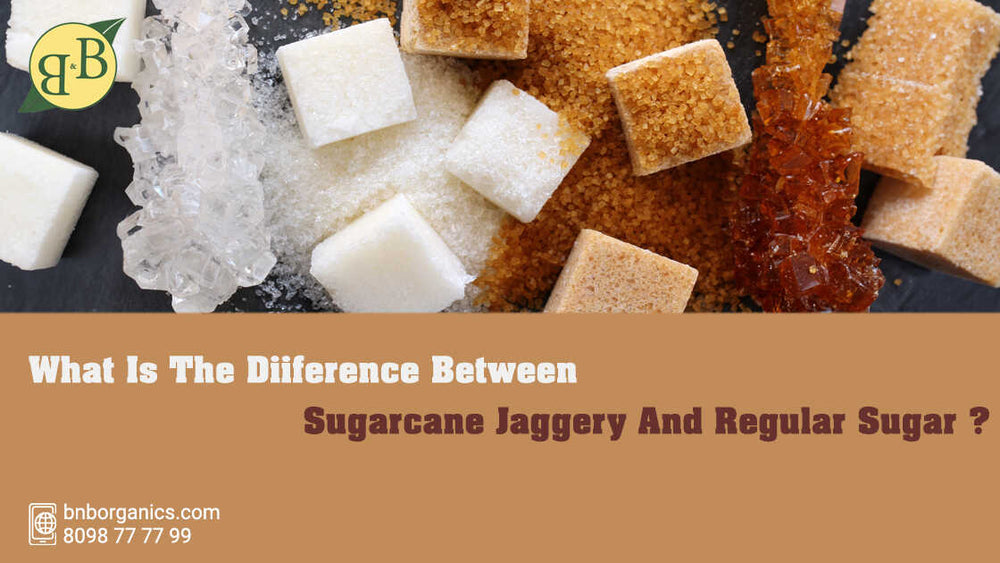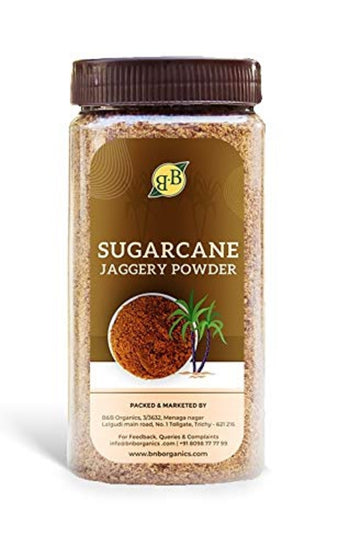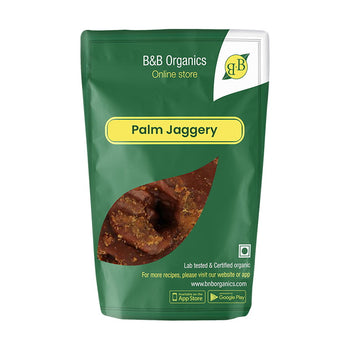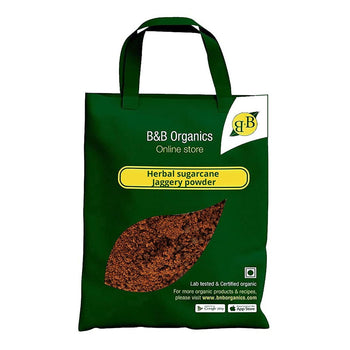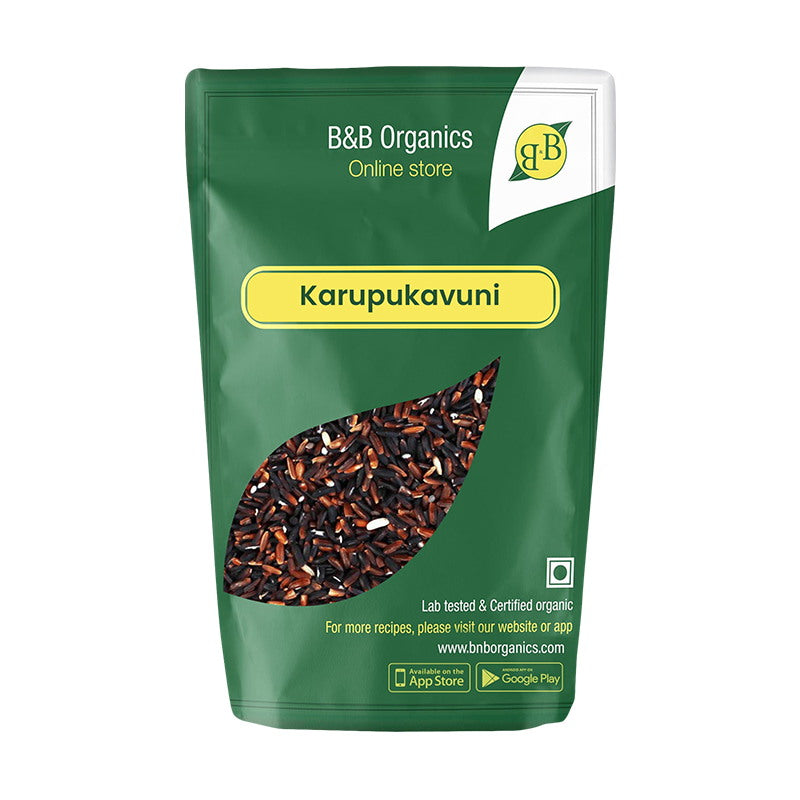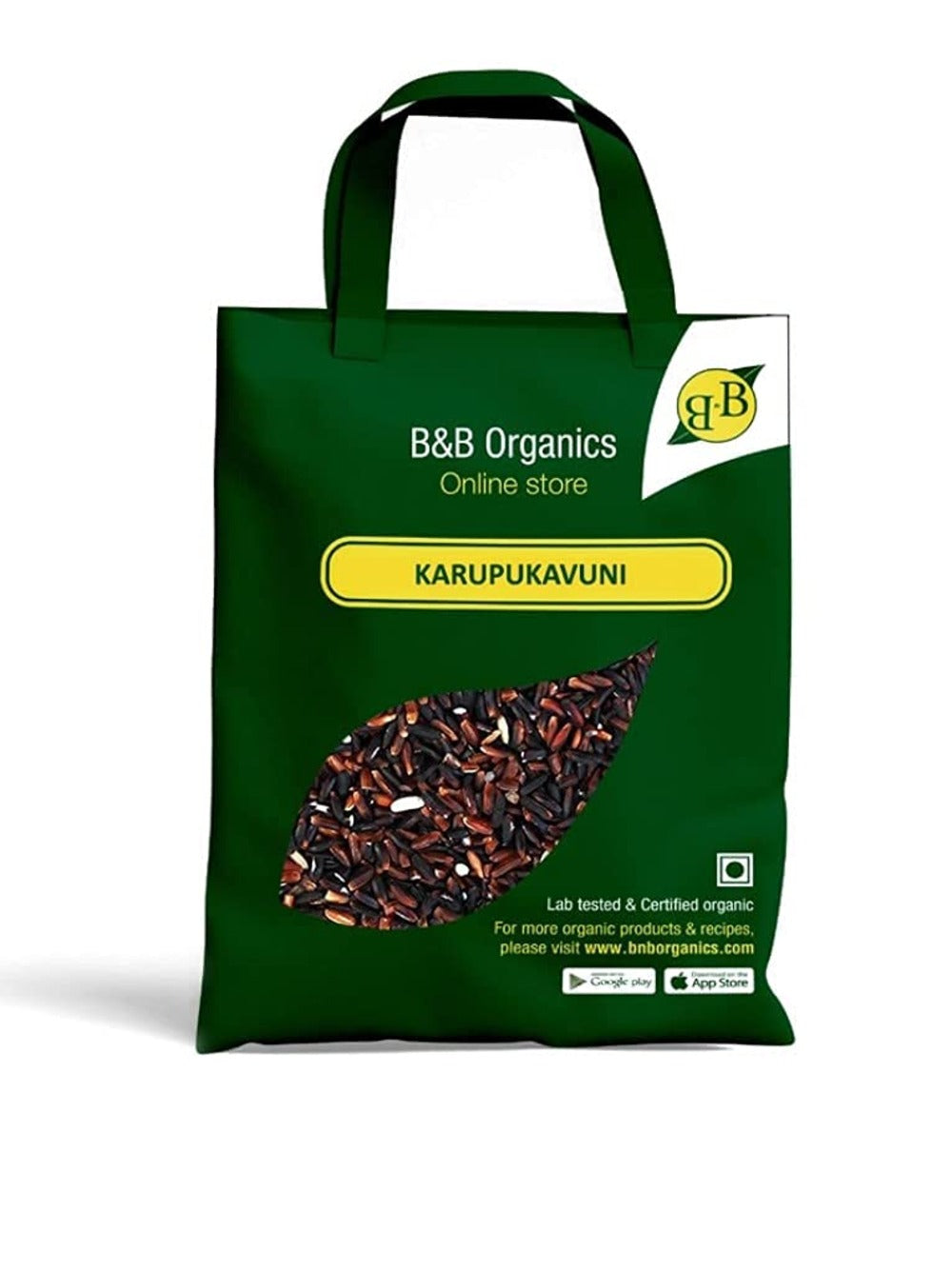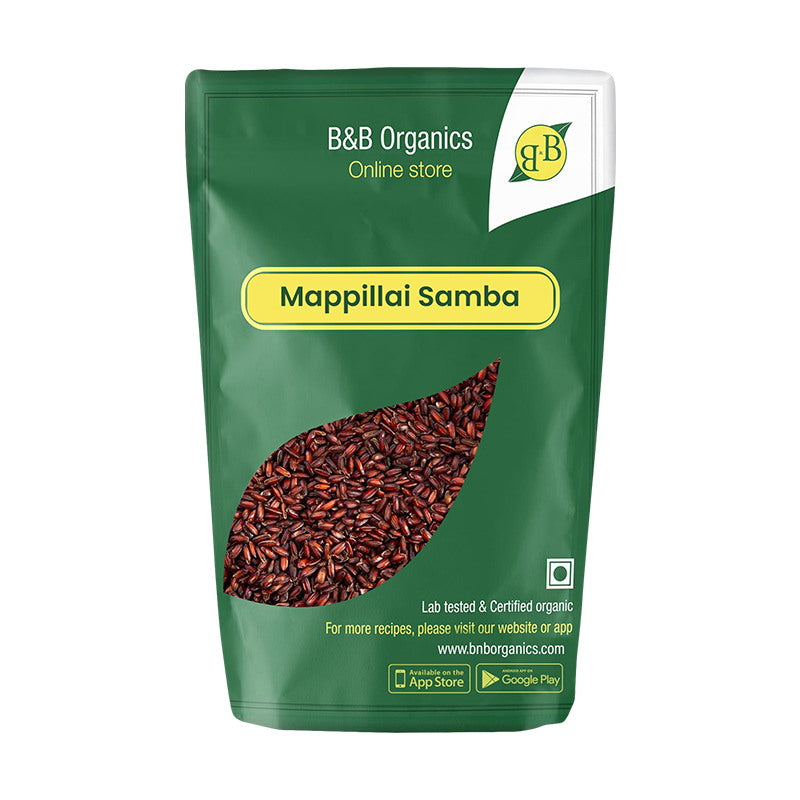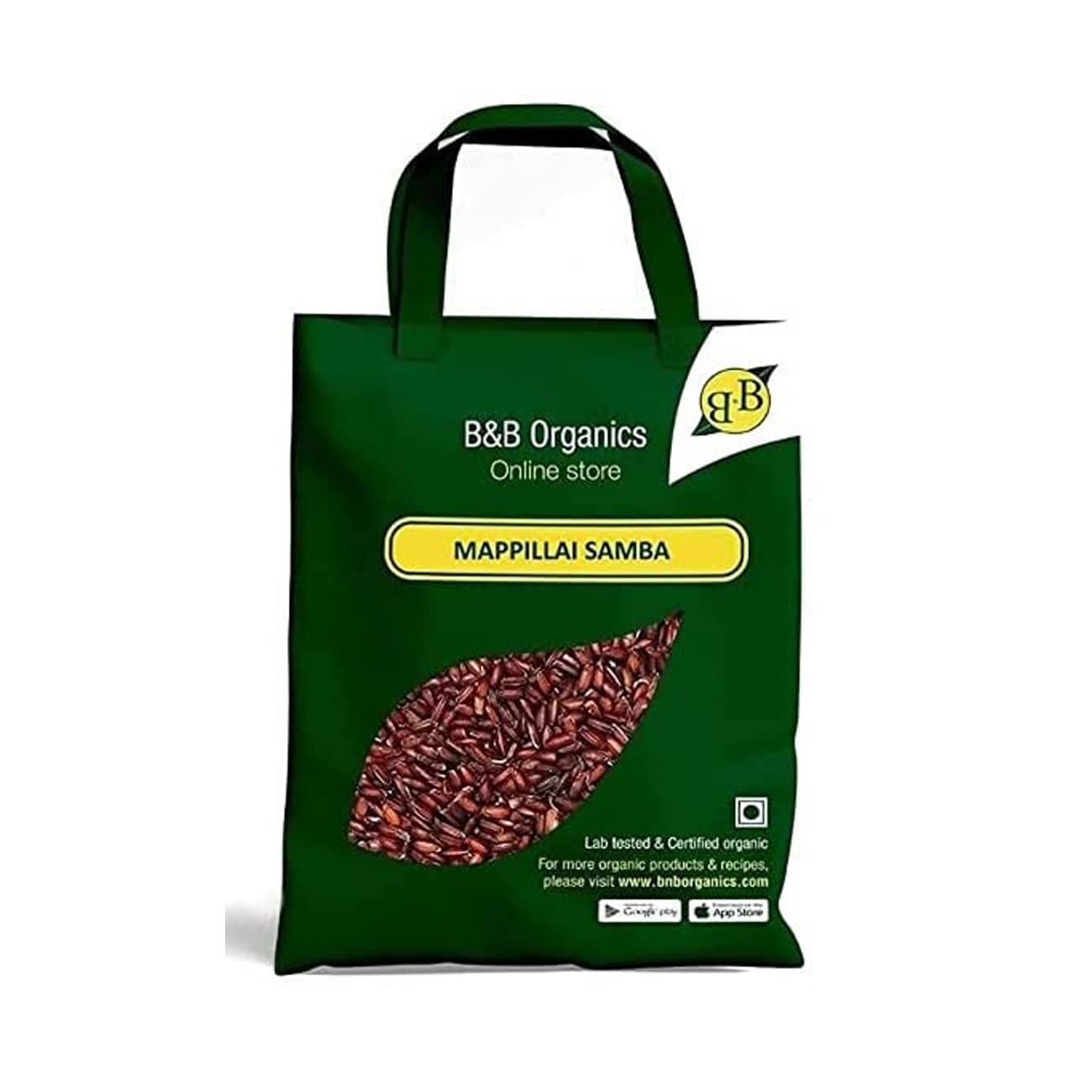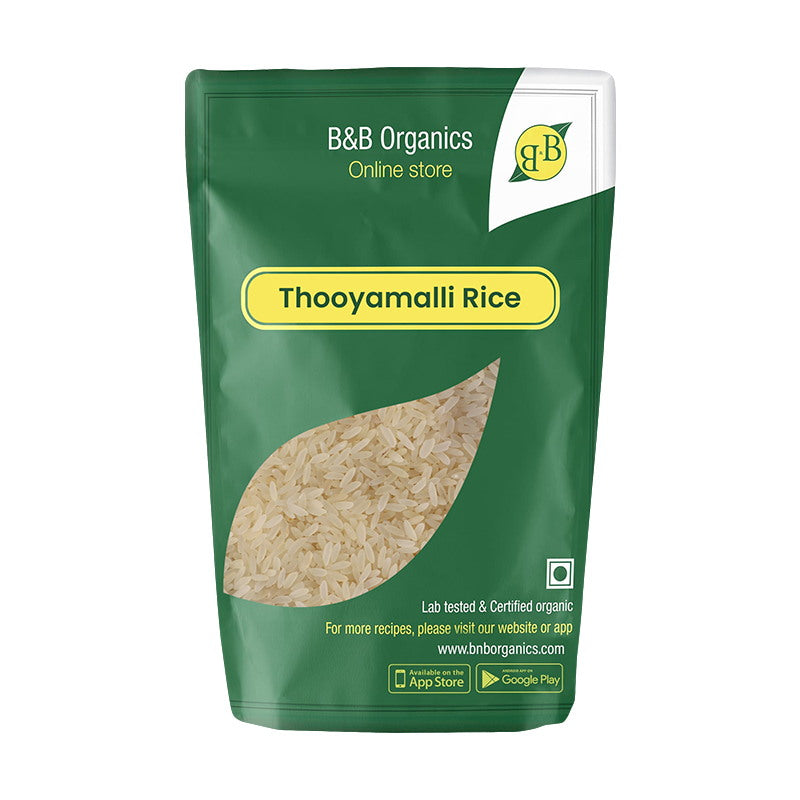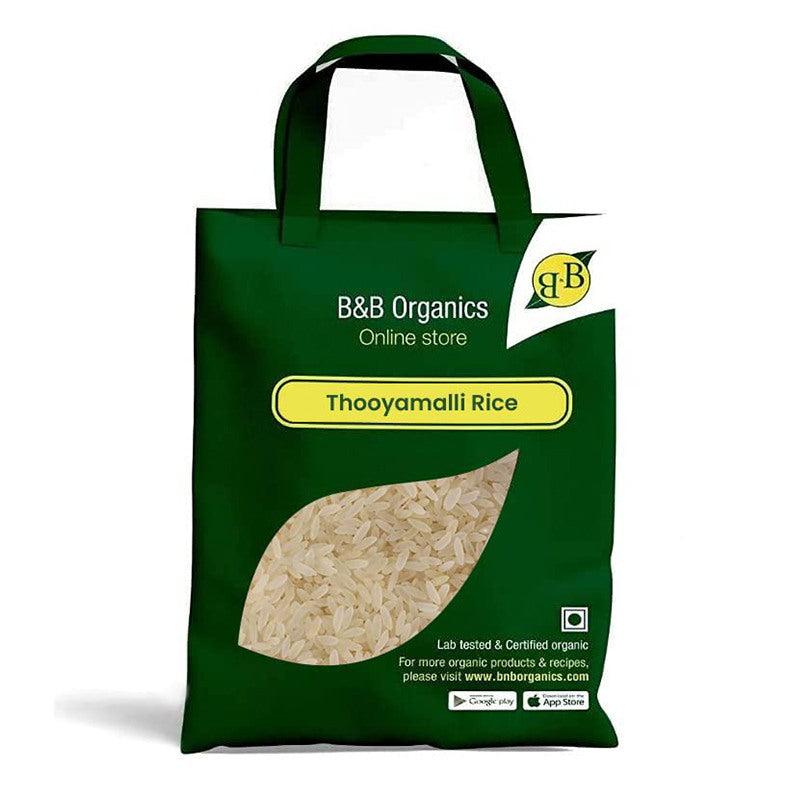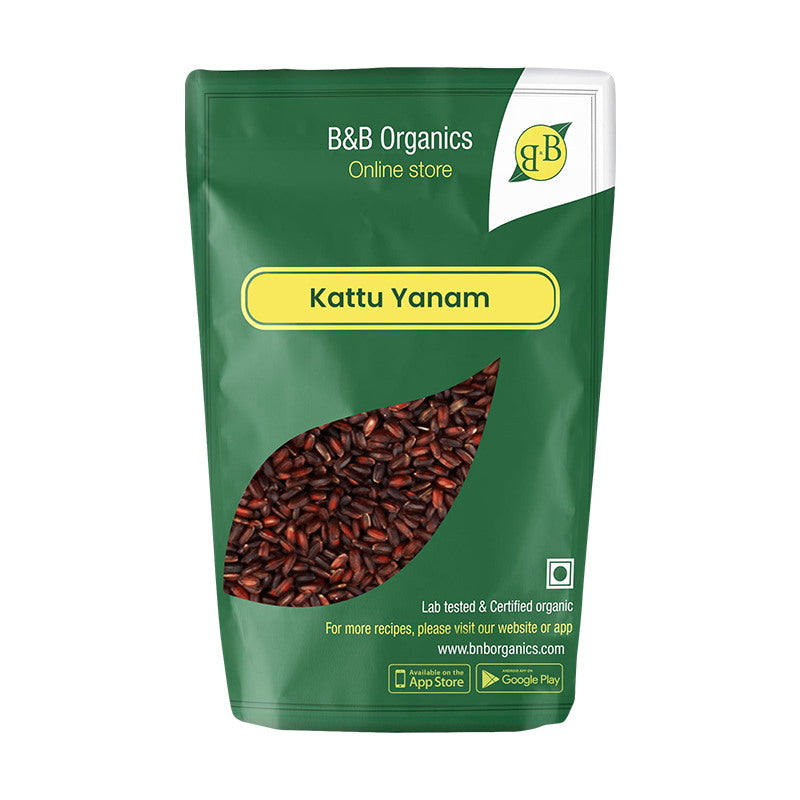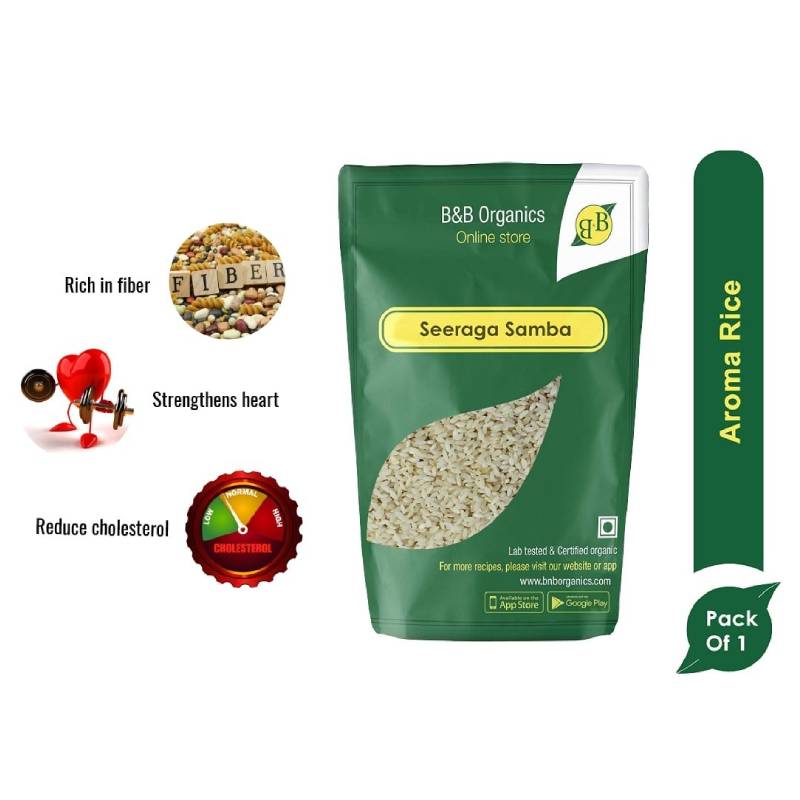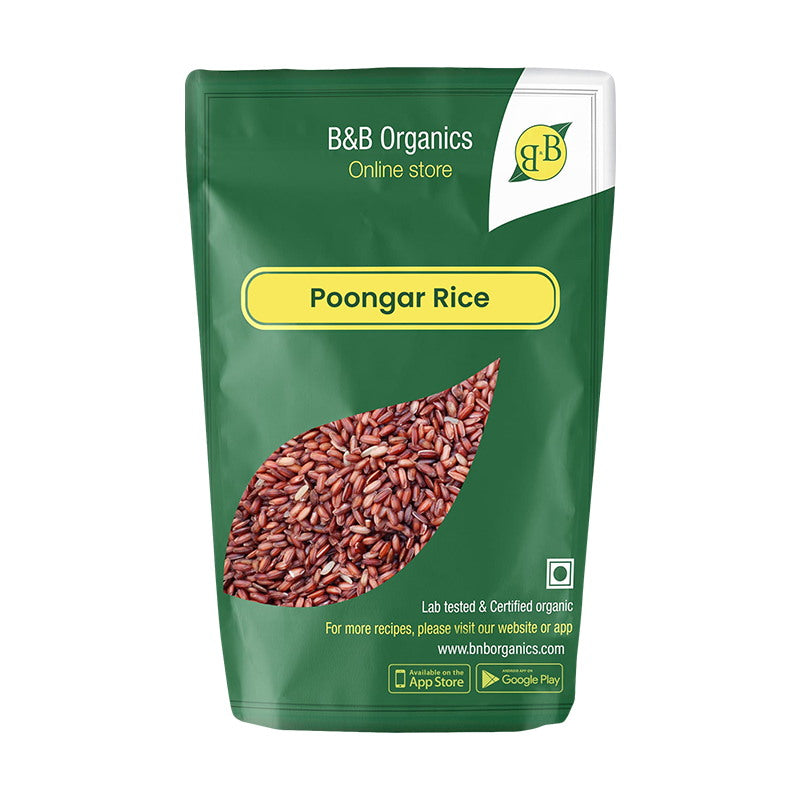Sugarcane jaggery and regular sugar are both sweeteners derived from sugarcane, but they differ in terms of production process, nutritional composition,

taste, and health benefits. Understanding the differences between these two sweeteners can help individuals make informed choices about their sugar intake and overall health. In this article, we will explore the distinctions between sugarcane jaggery and regular sugar.
Regular sugar, also known as refined sugar or white sugar, undergoes an extensive refining process. It starts with extracting juice from sugarcane or sugar beets, which is then purified, filtered, and crystallized. This process involves removing impurities, minerals, and molasses, resulting in the white, granulated sugar commonly used in households and food products.
On the other hand, sugarcane jaggery is made by boiling sugarcane juice or date palm sap, which is then concentrated and solidified into blocks or cakes. This traditional process retains more of the natural nutrients and minerals found in sugarcane, making jaggery a healthier alternative to regular sugar. The color of jaggery varies from golden brown to dark brown, depending on the extent of processing and the variety of sugarcane used.
One key difference between sugarcane jaggery and regular sugar lies in their nutritional profiles. Jaggery contains traces of iron, calcium, phosphorus, and other minerals that are stripped away during the refining process of regular sugar. It also retains some of the natural fibers present in sugarcane, which aids in digestion and helps regulate blood sugar levels. In contrast, regular sugar provides only empty calories without any significant nutritional value.

Another notable distinction is the taste. Regular sugar is known for its pure sweetness, while jaggery offers a richer and more complex flavor profile. Jaggery has a distinct caramel-like taste with hints of molasses, making it a popular choice in traditional desserts, beverages, and savory dishes in many cultures.
From a health perspective, jaggery is often considered a healthier alternative to regular sugar due to its minimal processing and higher mineral content. The presence of minerals like iron and calcium in jaggery can contribute to better overall health, especially for individuals with nutrient deficiencies. Jaggery is also believed to have a lower glycemic index compared to regular sugar, meaning it causes a slower and more gradual rise in blood sugar levels.
However, it's important to note that both sugarcane jaggery and regular sugar should be consumed in moderation as excessive sugar intake can have negative health effects. Despite its relatively higher nutrient content, jaggery is still a concentrated source of calories and should be consumed in controlled amounts, particularly for individuals with diabetes or those aiming to manage their weight.
In conclusion, the main differences between sugarcane jaggery and regular sugar lie in their production process, nutritional composition, taste, and potential health benefits. While regular sugar undergoes extensive refining and lacks significant nutrients, jaggery is less processed, retains minerals, and offers a unique flavor profile. Nonetheless, it is essential to practice moderation in consuming both sweeteners to maintain a balanced and healthy diet.


